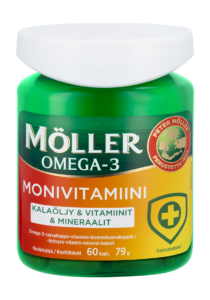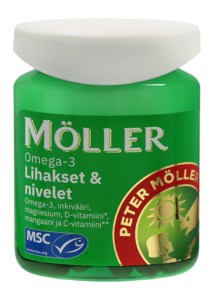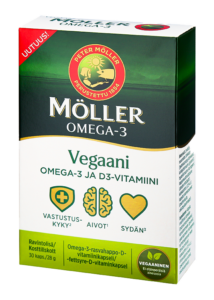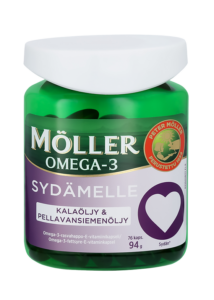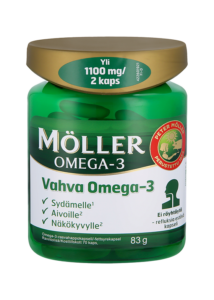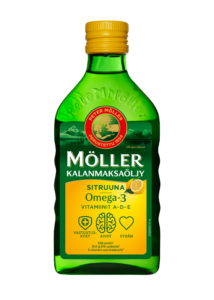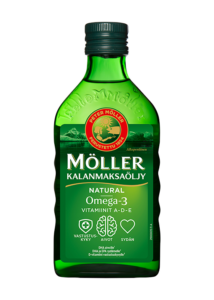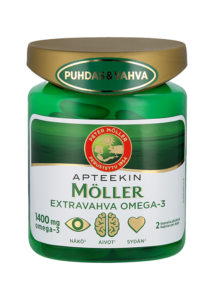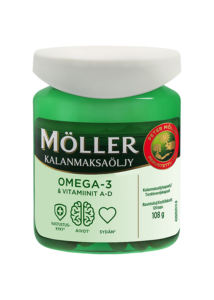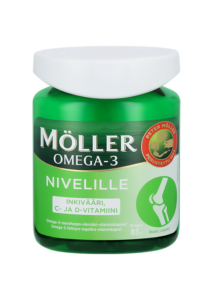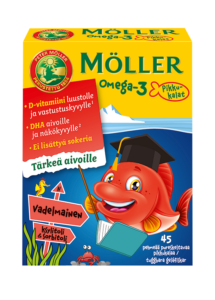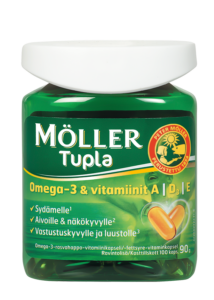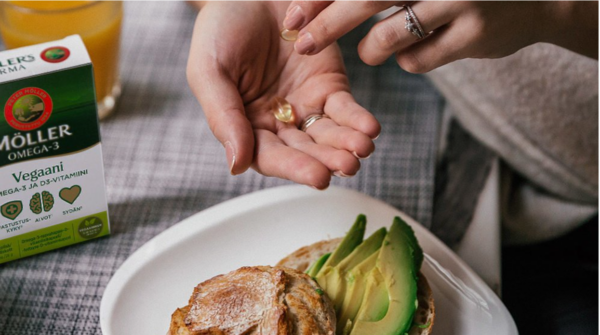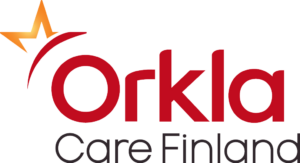Nausea, backache and swollen feet. A pregnant body goes through a lot. But do you know why you get pelvic girdle pain (PGP) and what you can do about it?
Home » Preventing pelvic girdle pain in pregnancy
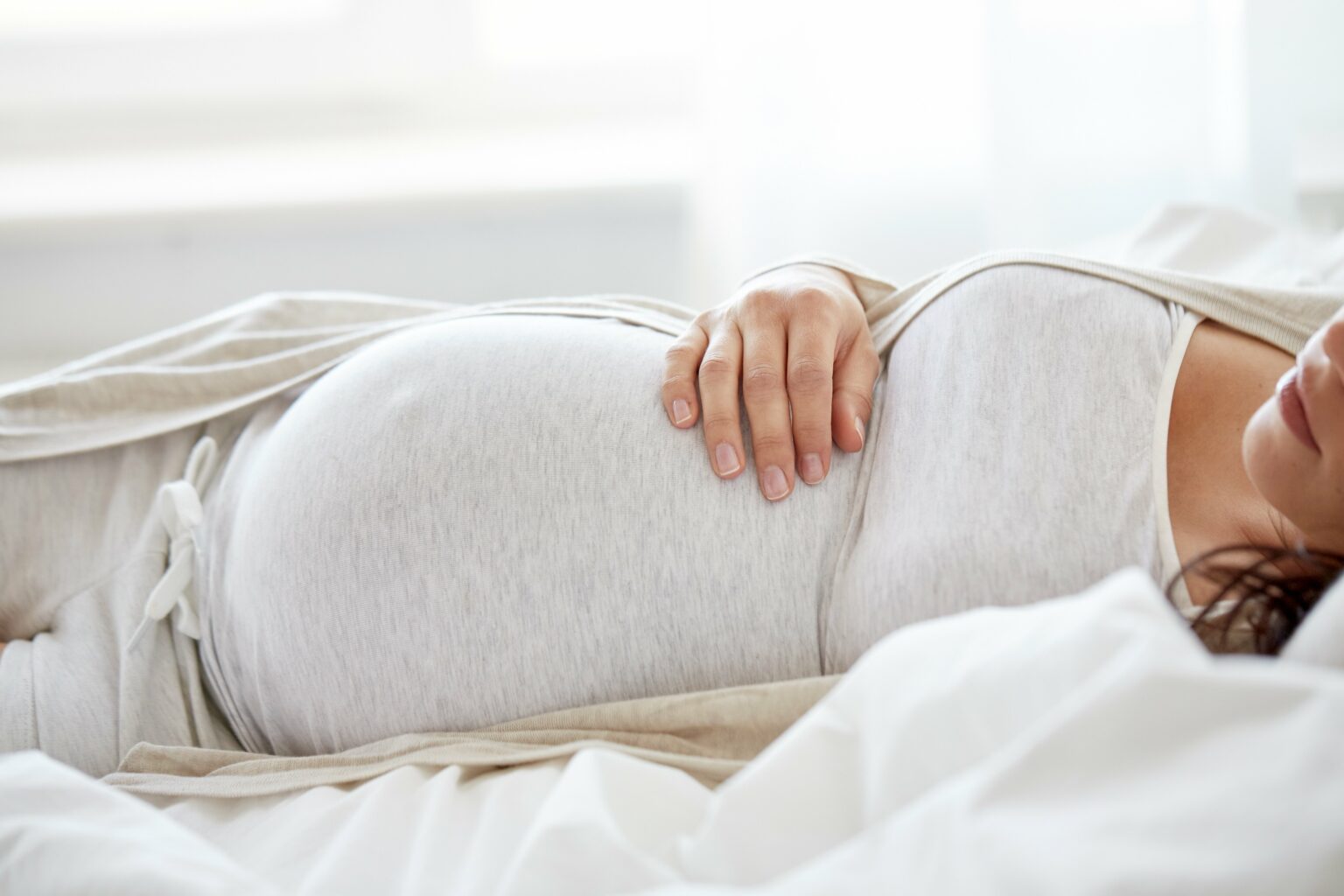
Your body displays its most miraculous side during pregnancy. Hormones trigger a number of changes that prepare and enable your body to bring a baby into the world. One of these hormones is called relaxin. Its job is to make joints, ligaments and connective tissue softer so that the pelvis becomes more flexible. This allows room for your baby to pass through the birth canal. Unfortunately, it also causes what is known as pelvic girdle pain (PGP).
Read more about children and parenthood here
When pelvic girdle pain causes problems
For some women, the increased mobility can lead to joint problems, causing pain in the pelvis, hips, knees and lower back. The joint pain may occur early in the pregnancy as relaxin is released at the moment of conception. But women with arthritis will actually often experience an improvement during pregnancy.
When the pain makes it difficult to walk, work and carry out daily activities, this is known as symptomatic PGP. According to the European Guidelines for the Diagnosis and Treatment of Pelvic Girdle pain produced by the National Centre for Biotechnology Information, about 20 percent of women suffer from PGP during pregnancy. PGP in the latter part of pregnancy is the most common cause of sick leave for pregnant women.
What to do about pelvic girdle pain
It’s wise to work the muscles of the abdomen, back and legs to support the joints and avoid excessive strain on them. It is particularly important to work the transverse abdominal muscle in the early parts of pregnancy to prevent painful PGP.
You don’t even need to go to the gym to work these muscles. This simple exercise can be done at home:
- If you pelvis can tolerate it, get onto all fours. Pull your navel inward without moving your lower back. Hold for a few seconds, then release. Opt for ten repetitions, three times a day. But don’t feel guilty if you don’t make your goal. You can always try again tomorrow.
- You can also do the same exercise sitting in a chair: Place one hand on the lower part of your stomach and the other on your lower back. Pull your navel inwards and hold for a few seconds before you release. Make sure your lower back doesn’t move. Do ten repetitions, three times a day.
Training your pelvic floor muscles
Training the pelvic floor muscles is important throughout your pregnancy. This will make your pelvic floor more stable from the inside. you can exercise your pelvic floor muscles as follows:
- Lie on your side with a pillow between your legs. Contract the muscles around the rectum, vagina and urethra, until you feel a slight lift inside your body. Try to hold each contraction for 6-8 seconds. As you get stronger you can increase the duration of the squeezes.
You can also do these exercises sitting down or standing up, while waiting for the bus, or simply standing in the checkout line. Continue with these exercises after your baby is born to avoid incontinence.
What is good health?
Do you have a good lifestyle?
Lifestyle simply means the way in which you live. Health and lifestyle go hand in hand. You might feel you have a good lifestyle if you are physically active, eat healthily and generally experience a sense of wellbeing. Conversely, if you want good health you should also have a good lifestyle.
Physical activity is the major contributor to a good lifestyle, but diet, drugs, stress, sleep and social conditions are also play an important role. Being able to use the body properly to avoid injury also affects lifestyle. Physical activity can also prevent depression and help you to recover more quickly from mental illness, both of which obviously affect your lifestyle.
Diet can be a difficult topic for many. Perhaps you eat too much or too little or maybe you find it hard to know what foods to combine to have a balanced diet. It’s also important to eat food that contains important vitamins, minerals and dietary fibre, omega-3 and antioxidants. On top of all this, you also need to get enough energy, protein and the correct fatty acids. The requirement for these nutrients changes throughout your life. When you are older you also have different requirements than children and younger adults. Women also have different requirements than men. Pregnant and breastfeeding mothers also have special requirements.
When you get older, you lose muscle mass and your body requires less energy and therefore less food. You may lead a less active life than you did before, which is why you require less food. However, your need for minerals, vitamins and other nutrients remains the same. Of course, there are plenty of healthy and active older people, but when you reach 70 to 80 years of age, it’s easier to become ill, especially during flu season.
Some steps you can take to improve your lifestyle and health are to:
- eat a healthy and varied diet
- stay active
- watch your weight
- avoid too much alcohol and don’t smoke
- get enough sleep
- think positive
- practise good hygiene
What is good quality of life?
The World Health Organisation (WHO) defines quality of life as a state where the individual can realise their potential, cope with normal stressful situations, work in a rewarding and positive way, and be able to contribute to others and society.
Quality of life is a wide and somewhat diffuse concept that includes joy in, and a desire for, life. These are values that are rather felt than measured, which in turn are based on personal environment and choices. Quality of life doesn’t necessarily depend on being healthy or sick. It’s the moments between worries, sorrows, problems and ailments that matter. For example, if you have a chronic illness, a feeling of mastery can be important when talking about quality of life.
To sum up, quality of life is a combination of health, lifestyle, networks and social support. It’s about experiencing joy, meaning in life, satisfaction, security and a sense of belonging, as well as being able to use your strengths. It’s also about feeling interest in life, coping with everyday situations and a being committed to something or someone. If you have good quality of life, you will be able to cope better with the inevitable stressful situations in life.
Tuotteita
-
Möller Omega-3 Monivitamiini
Omega-3-rasvahappo-vitamiini-kivennäisainekapseli vastustuskyvylle. Möller omega-3 monivitamiini kaps 60 kpl sisältää vitamiineja, kivennäisaineita ja kalaperäisiä DHA- ja EPA -rasvahappoja kokonaisena nieltävässä kapselissa. Kapselin sisältämä C- ja D-vitamiini edistävät immuunijärjestelmän normaalia toimintaa. Valmiste on tarkoitettu aikuisille monipuolisen ja tasapainoisen ruokavalion sekä terveiden elintapojen tueksi. Pakkauksessa on 60 kapselia.
-
Möller Omega-3 Lihakset & nivelet
Möller omega-3 valmiste lihaksille ja nivelille. Sisältää omega-3 rasvahappoja, magnesiumia, mangaania, C- ja D-vitamiineja sekä inkivääriä.
-
Möller Vegaani Omega-3 ja D-vitamiini
-
Möller Sydämelle
-
Möller Vahva Omega-3
-
Möller Kalanmaksaöljy Sitruuna
-
Möller Kalanmaksaöljy
-
Apteekin Möller Extravahva
-
Möller Omega-3 Kalanmaksaöljykapseli
-
Möller Nivelille
-
Möller Omega-3 Pikkukalat
-
Möller Tupla

